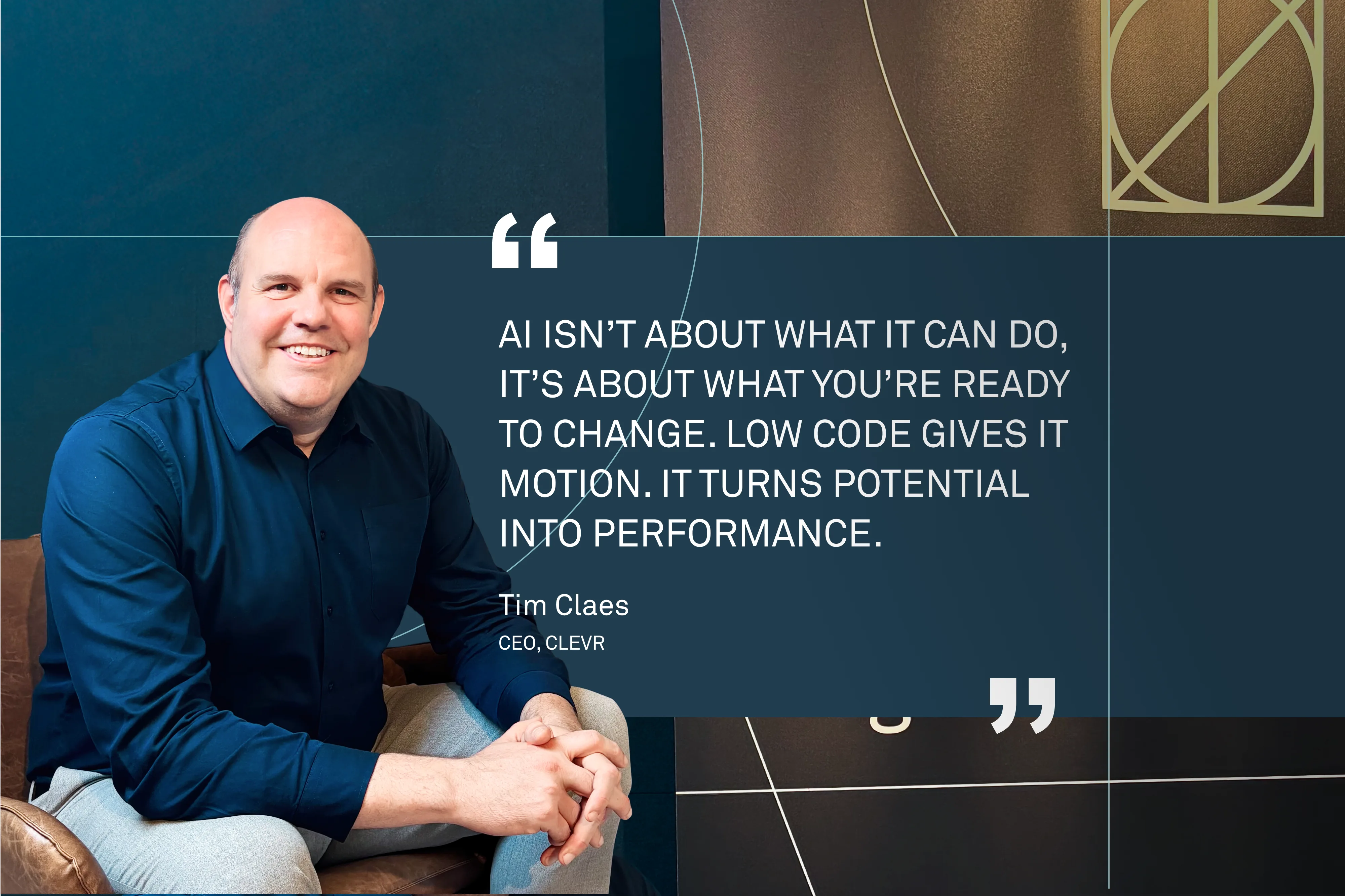Why so many AI projects stall before they scale
For years, AI has been the technology everyone talks about, but few have truly mastered. Across industries, companies are experimenting with pilots, proofs of concept, and prototypes. Yet very few manage to turn those experiments into tangible business impact.
The reason is rarely a lack of ambition or technical capability. It’s that AI too often sits on the sidelines: disconnected from the data, systems, and processes that drive real decisions. As a result, organizations end up with interesting demonstrations, not scalable value.
From Pilots to Production: Embedding AI in the Business Core
AI creates measurable value only when it is embedded in the operational backbone of the business. That means integrating it into systems like PLM, ERP, and MES, where processes are defined and decisions are made.
When AI is built on top of reliable, connected data, it can start turning insights into action. Without that foundation, even the most advanced models deliver little more than isolated reports.
Garbage in, garbage out still applies.
In manufacturing, for example, PLM acts as the digital thread linking design, engineering, production, and service. When AI taps into that thread, it can optimize designs, predict bottlenecks, and improve quality at every stage of the lifecycle. That is how experiments evolve into enterprise-scale impact.
If ERP is your license to operate, PLM has become your license to innovate. AI amplifies both, but only when the foundation is in order.
The Enablers: Creating Real Impact
1. Low-code + AI: The twin accelerators
AI and low-code go hand in hand. Low-code provides the speed and agility to bring AI into business processes; AI adds the intelligence that drives continuous improvement.
Together, they enable organizations to rethink their IT strategy fundamentally. Instead of replacing core systems, they can keep the core clean and extend functionality at the edge, where new business value emerges.
Low-code applications help anchor AI inside the organization, connecting models and data directly to users and workflows. They turn AI from an experiment in a lab into an integrated part of daily operations.
2. AI as a Service Layer: Intelligence Across the Enterprise
The companies that move fastest treat AI not as a project, but as a service layer within their IT architecture. Some intelligence already lives inside core systems, within platforms such as Microsoft, SAP, or Salesforce. But the real opportunity lies in extending that intelligence beyond the core, into the unique processes that define each business.
Just as low-code bridges the gap between business and IT, AI bridges the gap between data and intelligence. Together, they allow organizations to operationalize innovation, deploying new capabilities quickly without disrupting the core. This approach enables AI to scale safely across functions while keeping core systems clean, stable, and compliant.
Low-code makes this possible: it allows companies to integrate AI services where they matter most: at the edge of core systems, close to where people make decisions and value is created.
The result is a dynamic, layered architecture: AI in the core for stability and scale; AI at the edge for flexibility and innovation.
It keeps the organization in continuous motion, building a foundation for sustainable, data-driven improvement rather than one-off experiments.
Building for the Future: From Assistive to Autonomous
AI is moving beyond analytics. The next generation of intelligent systems doesn’t just support decisions, it executes them. From production planning to quality assurance, AI agents are beginning to act autonomously, learning and improving with every cycle.
This shift doesn’t replace people; it redefines their role. Human expertise remains essential for governance, context, and control. The real opportunity lies in synergy, where people set direction and AI delivers precision at scale.
Organizations that build this balance gain both speed and confidence. They make better decisions, faster, with fewer errors: the foundation of a truly adaptive enterprise.
Why Governance and Vision Matter
Most AI initiatives fail not because technology underperforms, but because it’s underestimated what adoption requires. Embedding AI at scale demands a clear vision, executive ownership, and a willingness to rethink how work gets done.
AI is not an IT initiative. It’s a strategic capability, one that touches processes, culture, and governance. And leaders who treat it that way move faster and build lasting advantage.
The principle remains the same: think big, start small, scale fast. Begin with one clear use case that proves value, then replicate success across the organization. This approach builds trust, alignment, and momentum, the ingredients that separate experiments from transformation.
Open and Flexible AI Architecture for Long-Term Agility
Technology evolves faster than any corporate roadmap. That’s why open, modular architectures matter. By combining open-source AI models with low-code development, companies can experiment safely, scale efficiently, and adapt quickly as new capabilities emerge.
Designing AI architectures that can move with the market, rather than being locked into it, keeps innovation sustainable. It ensures that organizations stay in control of how and where AI delivers value.
From Technology to Transformation: Closing the AI Gap
AI is not a shortcut to innovation. It’s an enabler of strategic transformation, connecting data, people, and processes into one continuous flow of insight and action.
Where technology once followed strategy, it now helps to shape it. AI enables businesses to make decisions grounded in data, not instinct, and to adapt faster to changing conditions. The challenge is no longer to prove that AI works, but to embed it in the way the business works.
Bridging architecture and ambition
The gap in AI today is not one of capability, but of connection: between strategy and systems, vision and execution. Closing that gap requires more than new models. It requires leadership, architecture, and accountability.
When AI becomes part of the digital backbone, alongside PLM, ERP, and low-code, it stops being a technology experiment and starts being a driver of enterprise value.
From capability to commitment
AI delivers value only when it moves from concept to consistency. It requires a strong data foundation, integration with core systems, and leadership that scales with purpose.
AI isn’t about what it can do; it’s about what you’re ready to change.
Originally published here.
Find out how CLEVR can drive impact for your business
FAQ
Can't find the answer to your question? Just get in touch



